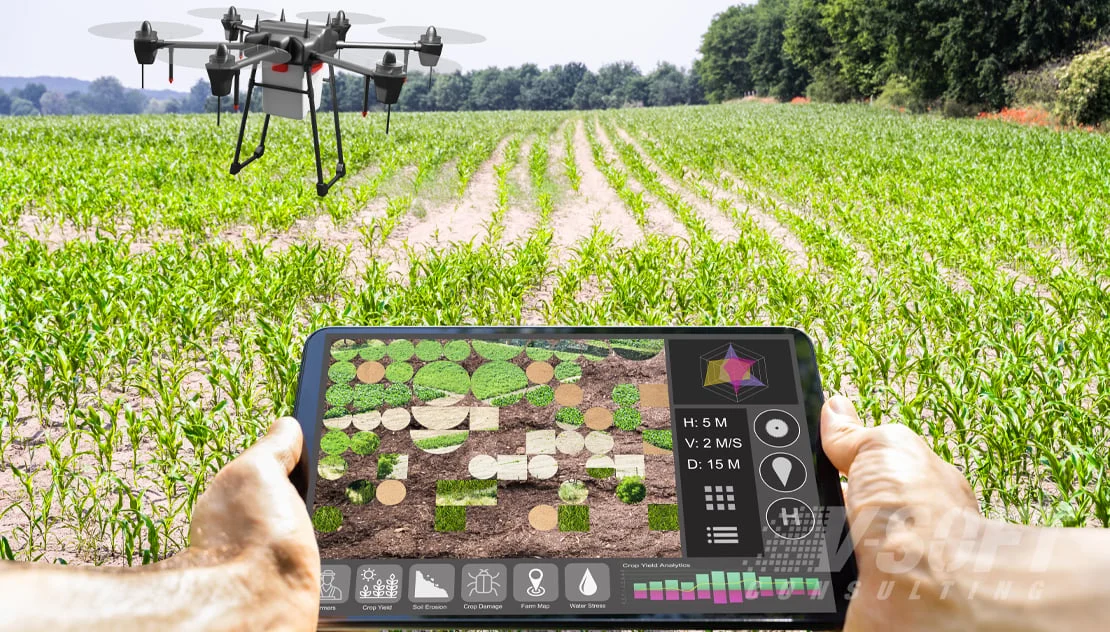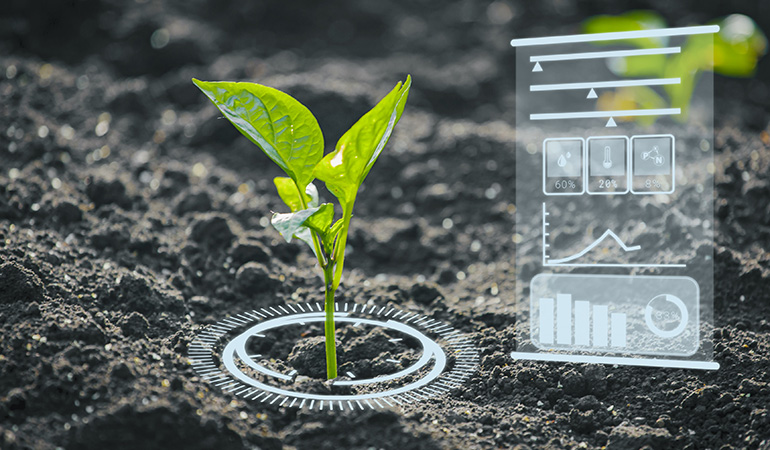Artificial Intelligence (AI) is revolutionizing the agricultural sector by improving efficiency, crop management, and decision-making. However, while AI brings significant benefits, it also introduces unique risks that need careful consideration to ensure sustainable and equitable agricultural practices.
What Are the Risks of AI in Agriculture?
AI in agriculture involves the use of technologies like machine learning, predictive analytics, drones, and smart sensors to monitor crops, manage resources, and optimize yields. Despite its advantages, the reliance on AI introduces several challenges and risks.
Key Risks of AI in Agriculture
Data Privacy and Security:
Modern AI-driven agricultural systems collect large amounts of sensitive data, including farm performance, soil quality, and weather conditions. Improper handling of this data can lead to privacy breaches or unauthorized access that might harm farmers and agribusinesses.
Over-Reliance on Technology:
Farmers who depend heavily on AI tools may lose traditional knowledge and decision-making skills. If AI systems fail or malfunction, this could disrupt operations and reduce productivity.
Bias in AI Models:
AI models trained on limited or non-representative agricultural data may not perform well in diverse environments. This can result in inaccurate predictions, poor crop recommendations, or uneven benefits, especially for small-scale or developing-region farmers.
High Costs and Accessibility:
Advanced AI solutions may be too expensive for small farmers, leading to technology gaps between large and small agricultural operations. This can widen economic disparities and create unequal access to the benefits of AI.
Environmental Risks:
If AI-driven systems optimize for maximum yield without considering long-term sustainability, they may contribute to overuse of pesticides, water resources, or soil depletion.
Benefits of Addressing These Risks
When carefully managed, AI in agriculture can offer enhanced productivity, resource efficiency, and early detection of crop diseases. Addressing the associated risks can help ensure these benefits are distributed fairly and sustainably.
Conclusion
While AI holds great promise for transforming agriculture, it’s essential to recognize and mitigate the risks it introduces. By combining AI technologies with responsible practices, regulatory frameworks, and human expertise, the agricultural sector can harness AI’s potential while safeguarding farmers, the environment, and food security.







Leave feedback about this